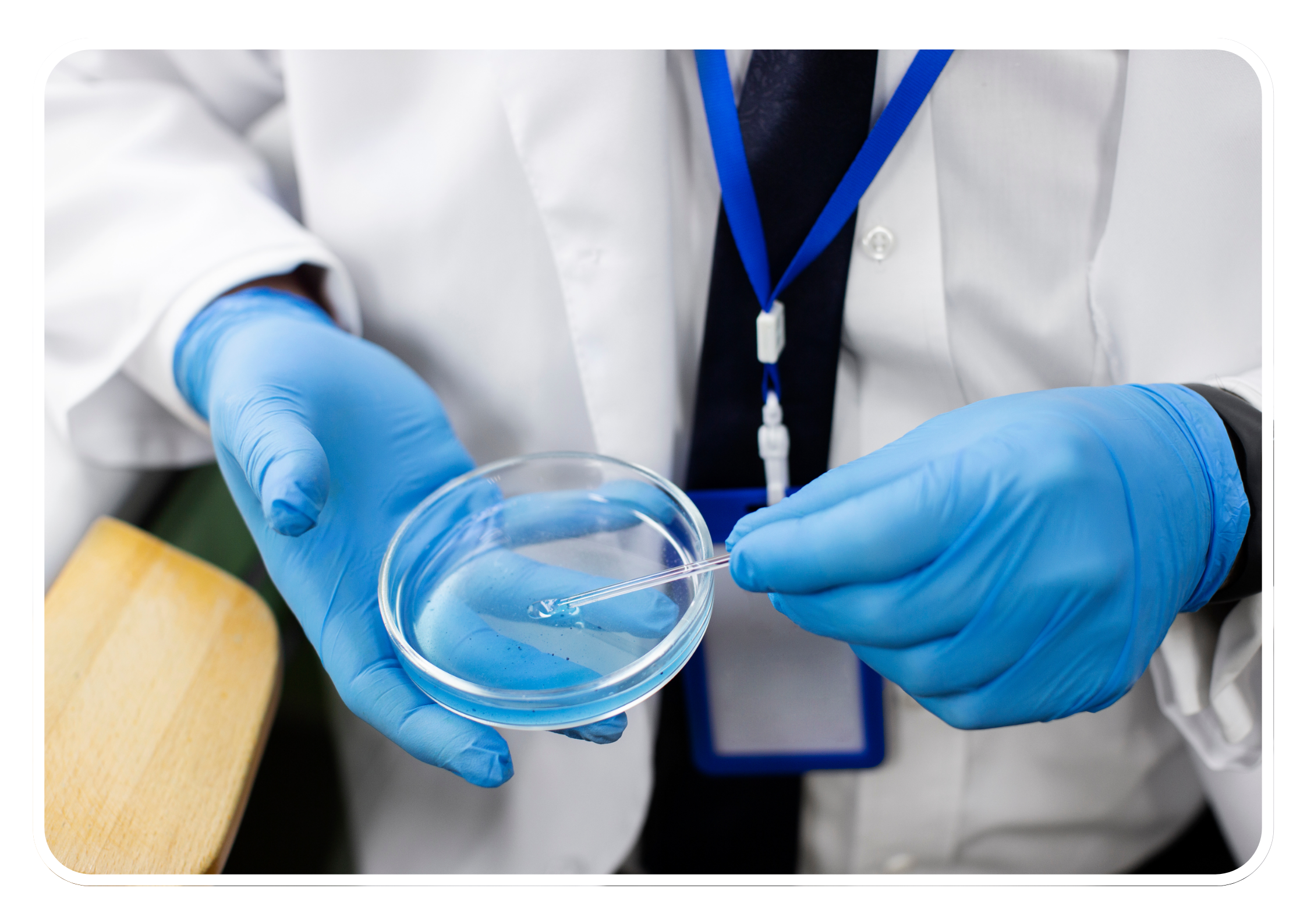Techniques for Surgical Sperm Retrieval
Percutaneous Epididymal Sperm Aspiration (PESA)
- Procedure: PESA involves the insertion of a fine needle directly into the epididymis, the tube where sperm are stored and mature, under local anesthesia.
- Sperm Collection: Fluid containing sperm is aspirated and collected for use in ART procedures.
Testicular Sperm Aspiration (TESA)
- Procedure: TESA is performed by inserting a needle directly into the testicle under local anesthesia.
- Sperm Collection: Small amounts of tissue containing sperm are suctioned from the testicular tissue. The tissue is then processed in the laboratory to isolate and collect viable sperm for use in IVF or ICSI.
Microsurgical Epididymal Sperm Aspiration (MESA)
- Procedure: MESA is a more advanced technique performed under general anesthesia using an operating microscope. A small incision is made in the scrotum to expose the epididymis.
- Sperm Collection: A fine needle is used to aspirate sperm from the epididymal tubules directly. MESA allows for the collection of a larger quantity of sperm with higher quality compared to PESA.
Testicular Sperm Extraction (TESE)
- Procedure: TESE is a surgical procedure performed under local or general anesthesia to retrieve sperm directly from the testicular tissue. Multiple small biopsies of testicular tissue are obtained through a small incision in the scrotum or the testicle itself.
- Sperm Collection: The tissue samples are examined in the laboratory to identify areas containing sperm, which are dissected and isolated for use in ART procedures.
Microdissection Testicular Sperm Extraction (Micro-TESE)
- Procedure: Micro-TESE is an advanced surgical technique performed under general anesthesia using an operating microscope. It involves the identification and extraction of sperm-containing tubules within the testicular tissue with minimal damage to surrounding tissue.
- Sperm Collection: Particularly effective in cases of non-obstructive azoospermia, where sperm production is impaired.
Post-Retrieval Processing
After surgical sperm retrieval, the collected sperm are processed and prepared in the laboratory for use in ART procedures such as IVF or ICSI. The choice of surgical sperm retrieval technique depends on factors such as the underlying cause of infertility, the availability of specialized expertise and equipment, and the preferences of the healthcare provider and patient.
Conclusion
Couples considering surgical sperm retrieval should discuss the potential benefits, risks, and success rates with their fertility specialist to determine the most appropriate approach for their individual circumstances. At Bliss IVF, our experienced team is dedicated to providing comprehensive care and personalized treatment plans to help you achieve your dream of parenthood. We are committed to guiding you through every step of your fertility treatment journey with compassion and expertise.

